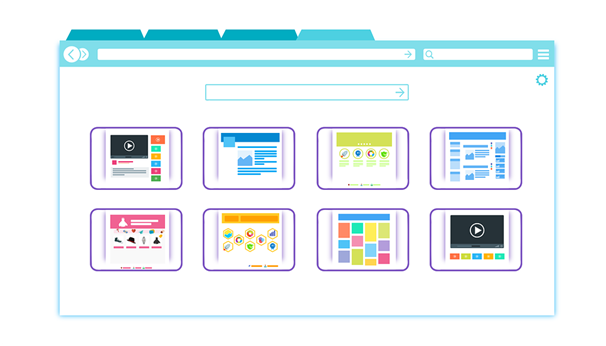Browsers are a matter of preference and are designed to look and work in different ways. Therefore, no two browsers will be equal. Developers must be aware of the distinguishing features that set each browser apart from the others when they carry out software tests. Cross-browser testing is vital to ensure that software functions as desired, no matter which browser is being used.

Cross-browser testing explained
With users habitually taking to Internet Explorer, Google Chrome, Apple Safari, Microsoft Edge or Mozilla Firefox to access the web, developers must run necessary tests to make sure that all elements of their software appear and perform as they should in each browser. Some of the main features that could go awry are JavaScript, Flash, ANAX requests and any design elements. Each of these components will react differently to varying browsers. For example, a section of a website may appear bigger with a particular browser. Ideally, developers want their software to appear seamlessly across all browsers.
Why it’s important
Cross-browser testing is a vital step in the development process and should be carried out as part of any internal or external software testing service. Businesses have realised that a well-performing, user-friendly and responsive website promotes professionalism and allows them to reach out to a wider audience. By making sure that their website is easily accessible via multiple browsers, they can be sure that there are no limits or barriers between them and potential customers. Businesses have also noted that a large proportion of customers rely on their mobile devices, so prioritising cross-browser testing is now more important than ever. Mobile testing is quite a different kettle of fish; see SmartBear for more.
How to carry out cross-browser testing
A good software testing service will perform tests across a range of browsers and devices from locations around the world to ensure that your software is delivered to the market exactly as you intended; https://www.bugfinders.com is one such company. Alternatively, you can attempt to conduct the process yourself using a checklist method for the variety of components requiring testing. The process can be quite time-consuming for an individual or small web company and would require many machines and devices.
No matter how you decide to proceed with your testing phase, the importance of cross-browser testing should never be underestimated.

